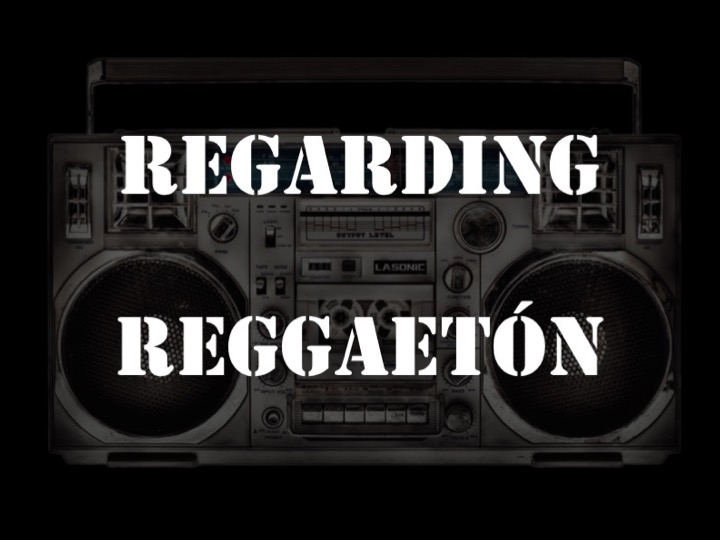For his graduate thesis, Luis decided to explore the history of reggaetón and its political power in the wake of the 2019 protests demanding the resignation of Puerto Rican governor Ricardo Rosselló. During these protests, reggaetón had a strong presence, particularly in the “perreo intenso,” a massive twerking party outside of the governor’s mansion and the San Juan Cathedral. The thesis project, the pilot episode of a podcast titled Regarding Reggaetón, explores the concept of reggaetón and ungovernability, particularly in two of its key elements: perreo and sampling. The podcast centers on Bad Bunny’s Safaera, a mixtape-like track released on February 2020 that calls back to the genre’s origins as a mishmash of samples from different genres and beats. In future episodes, Luis would like to develop similar deep dives into reggaetón through the lenses of gender, race, and colonialism, as well as exploring reggaetón-adjacent genres such as funk carioca.
During his time at SAIC, Luis also developed several written works. In addition to his work for F Newsmagazine, he worked on longform pieces and academic articles. His piece Paso Del Norte was born out of the U.S. Supreme Court verdict of the “Hernández v. Mesa” case about a CBP-related shooting across the US-Mexico border on the Rio Grande. The text is a more experimental approach that explores the meaning and understanding of the border, as well as its centuries-long impact on the communities on both sides of it.
In addition to his journalistic and creative writing, Luis also pursued some academic research. For his text Cumbia Above The River, Luis analyzed the cumbia colombiana scene in his hometown of Monterrey, Mexico, with singer-songwriter and accordionist Celso Piña’s track Cumbia Sobre El Río as a key case study. The text tracks the origin of cumbia in Colombia, as well as the particular ways in which it migrated to Mexico, and specifically to a marginalized community on the south side of Monterrey, which embraced the genre and adapted it to their context. In Monterrey, it became custom to play Colombian cumbia at a slower BPM, lowering the pitch and providing a deeper bass, a practice that eventually sprouted original cumbia songs by artists such as Celso Piña, who eventually became an internationally renowned artist with concerts all over Europe, Latin America, and the US.
